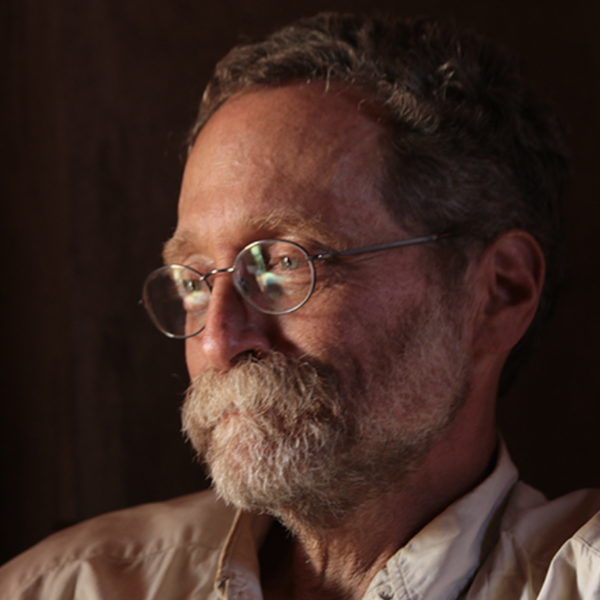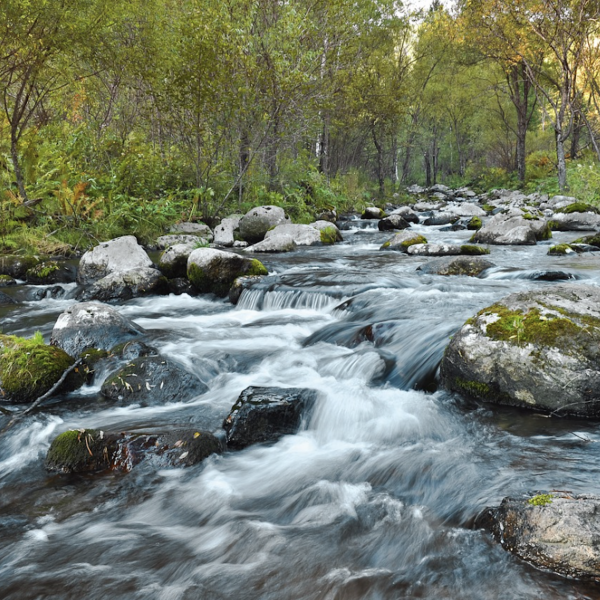The NASA award will allow the assistant professor to track interactions between permafrost and wildfires in a warming Arctic, work that could shed new light on climate change.
Roger Michaelides, assistant professor of Earth, environmental, and planetary sciences, has won a prestigious fellowship from NASA’s Early Career Investigator Program in Earth Science (ECIP-ES).
Michaelides will use the three-year, $300,000 award for a project using imaging radar to monitor Arctic permafrost, frozen layers of soil that cover about a quarter of the landmass of the Northern Hemisphere. That work could lead to new climate insights, he said. “Arctic permafrost is one of the largest reservoirs of soil carbon anywhere on the planet. It also happens to be in a region that is warming faster than almost anywhere else.”

When permafrost thaws, microbes can break down the organic compounds in the soil, releasing methane and carbon dioxide, greenhouse gasses that could speed warming in the Arctic and beyond.
The new project will use Interferometric Synthetic Aperture Radar (InSAR) deployed from aircraft and satellites, including satellites launched by the European Space Agency and NASA in partnership with the Indian Space Research Organization.
InSAR is well-suited to measure subtle changes in the surface height of the Earth. These measurements are precise enough to detect the characteristic rise and fall of permafrost soils as the ground layer above the permafrost freezes and thaws. Michaelides will pay particular attention to how this pattern changes in areas affected by wildfires, an increasingly common phenomenon even in the treeless tundras of the Arctic.
“In recent years, we’ve seen an increase in tundra fires, and such fires are expected to become even more common throughout the century,” he said.
Michaelides hopes to better understand how quickly permafrost can recover after a fire by studying the seasonal and long-term changes in areas affected by fires of different severities over different time scales. In some areas, the warming climate may make it impossible for these frozen layers of soil to fully recover to their pre-fire state. Still, that dynamic is likely to vary across different areas of the Arctic, and it could be strongly affected by environmental factors beyond temperature, such as snowfall, soil moisture, and vegetation type. “There are still a lot of unknowns,” he said.
The NASA fellowship is a major career boost, Michaelides said. With the funding, he’ll be able to hire a graduate student and support several undergraduates who can contribute to the research. “I’m grateful and honored,” he said.




